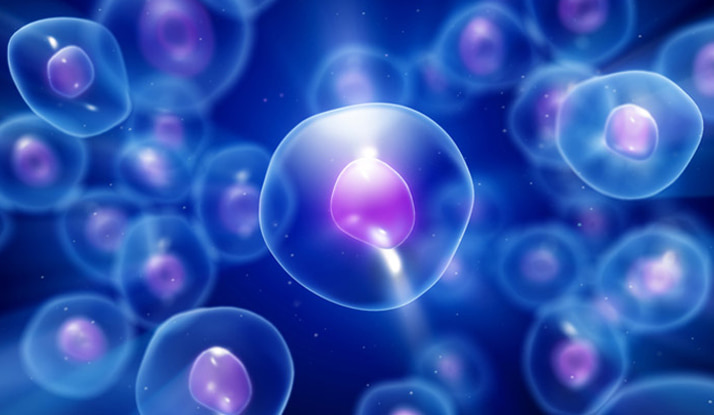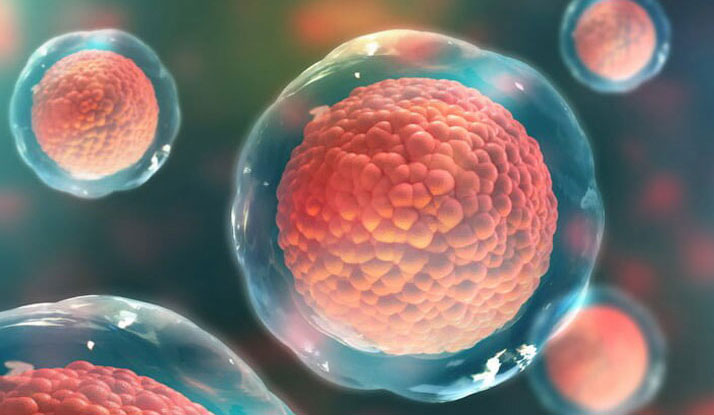Como a glutationa desintoxica o corpo? | Nutren Celltrient

Vivemos em um mundo onde somos constantemente bombardeados por toxinas, como poluição ambiental, fumaça, metais pesados e luz ultravioleta. Consequentemente, nossos corpos precisam de uma forma de livrar-se da sobrecarga tóxica dos radicais livres.
Você pode pensar nos radicais livres como moléculas aderentes instáveis que buscam alguma coisa em seu organismo à qual se ligar para estabilizar-se. O problema é que eles se ligam a qualquer coisa, inclusive aos tecidos e órgãos saudáveis, provocando danos.
Sem um controle, o excesso de radicais livres poderá provocar estragos em seu organismo. Além disso, na ausência de níveis suficientes de glutationa, todo o sistema de desintoxicação começará a desmoronar.
Felizmente, a glutationa é estável e também aderente, e os radicais livres gostam de ligar-se a ela. Assim, antes que os radicais livres possam danificar as células saudáveis, a glutationa os neutraliza para desativar a ameaça rapidamente.
A glutationa dispõe de um sistema de desintoxicação que consiste na reciclagem entre a glutationa reduzida e a oxidada. É importante manter a proporção adequada entre a glutationa reduzida e a oxidada (cerca de 10 para 1) para beneficiar-se de todos os fatores protetores desse antioxidante.
Apenas a glutationa reduzida é capaz de proteger as células e desintoxicar o organismo. Quando a glutationa se liga aos radicais livres, torna-se oxidada. Entretanto, esse antioxidante apresenta a capacidade única de reciclar-se e retornar à forma reduzida mais uma vez, voltando a fazer o que faz de melhor: proteger as células.
Referências:
- Pizzorno J. Glutathione!. Integr Med (Encinitas). 2014;13(1):8-12.
- Ly J, et al. Liposomal Glutathione Supplementation Restores TH1 Cytokine Response to Mycobacterium tuberculosis Infection in HIV-Infected Individuals. J Interferon Cytokine Res. 2015;35(11):875-87.
- Sekhar RV. (2019) Oxidation Damage Accumulation Aging Theory (The Novel Role of Glutathione). In: Gu D., Dupre M. (eds) Encyclopedia of Gerontology and Population Aging. Springer, Cham.
- Lobo V, et al. Free radicals, antioxidants and functional foods: Impact on human health. Pharmacogn Rev. 2010;4(8):118-26.
- Marí M, et al. Mitochondrial glutathione, a key survival antioxidant. Antioxid Redox Signal. 2009;11(11):2685-700.
- Pérez LM, et al. Glutathione Serum Levels and Rate of Multimorbidity Development in Older Adults. J Gerontol A Biol Sci Med Sci. 2019;XX(XX):1-6.
- Cascella R, et al. S-linolenoyl glutathione intake extends life-span and stress resistance via Sir-2.1 upregulation in Caenorhabditis elegans. Free Radic Biol Med. 2014;73:127-35.
- Maddineni S, et al. Methionine restriction affects oxidative stress and glutathione-related redox pathways in the rat. Exp Biol Med (Maywood). 2013;238(4):392-9.
- Teixeira FK, et al. Multigene families encode the major enzymes of antioxidant metabolism in Eucalyptus grandis L. Genetics and Molecular Biology. 2005;28(3 Suppl):529-38.
- Sekhar RV. (2019) Human Aging, Mitochondrial and Metabolic Defects (The Novel Protective Role of Glutathione). In: Gu D., Dupre M. (eds) Encyclopedia of Gerontology and Population Aging. Springer, Cham.
- Ballatori N, et al. Glutathione dysregulation and the etiology and progression of human diseases. Biol Chem. 2009;390(3):191-214.
- Pastori D, et al. Aging‐Related Decline of Glutathione Peroxidase 3 and Risk of Cardiovascular Events in Patients With Atrial Fibrillation. Journal of the American Heart Association. 2016;5(9):e003682.
- Maurya PK, Rizvi SI. Age-dependent changes in glutathione-s-transferase: correlation with total plasma antioxidant potential and red cell intracellular glutathione. Indian J Clin Biochem. 2010;25(4):398-400.
- Minich DM, Brown BI. A Review of Dietary (Phyto)Nutrients for Glutathione Support. Nutrients. 2019;11(9):2073.
- Alway SE, et al. Resveratrol Enhances Exercise-Induced Cellular and Functional Adaptations of Skeletal Muscle in Older Men and Women, The Journals of Gerontology: Series A. 2017;72(12):1595-606.
- Gulec M, et al. Oxidative stress in patients with primary insomnia. Prog Neuropsychopharmacol Biol Psychiatry. 2012;37(2):247-51.
- Duffy SL, et al. Association of Anterior Cingulate Glutathione with Sleep Apnea in Older Adults At-Risk for Dementia. Sleep. 2016;39(4):899-906.
- Sharma H, et al. Gene expression profiling in practitioners of Sudarshan Kriya. J Psychosom Res. 2008;64(2):213-8.





